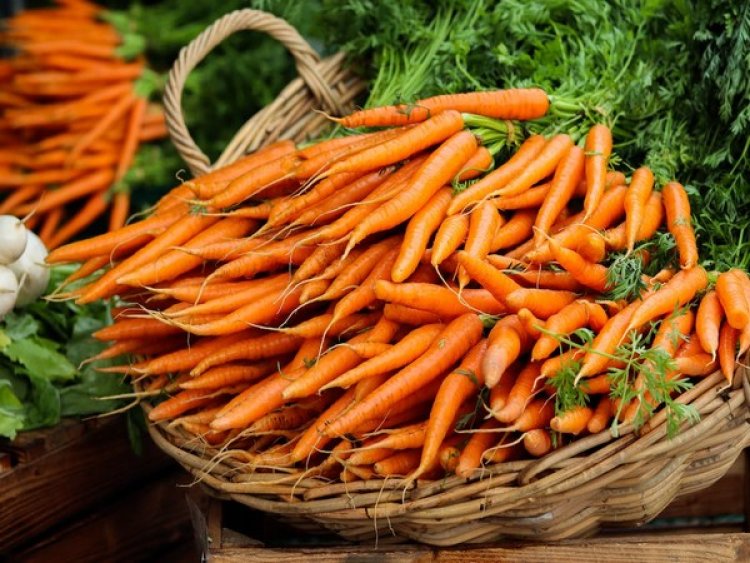Nutrients in microgreens, mature vegetables differ but both help you lose weight

Washington, US: Young vegetables known as microgreens are said to be particularly beneficial for one's health. Researchers are now attempting to determine whether microgreens, which can be easily grown at home, are the superfood that they are claimed to be, and how they compare to mature vegetables.
So far, the findings show that their nutritional profiles differ, as do their effects on gut bacteria. Nonetheless, mouse studies indicate that both microgreens and mature vegetables can limit weight gain.
“The scientific literature suggests that cruciferous vegetables, like kale and broccoli, are good for you,” notes Thomas T. Y. Wang, PhD, the project’s principal investigator.
The microgreen versions of these foods are particularly touted for their health benefits. Older than sprouts but younger than baby greens, microgreens are typically harvested within a couple of weeks after they start growing. And they can easily be grown in a container on a windowsill.
“When we started this research, not a lot was known about the nutrient content or biological effects of microgreens, so we thought we should take a look at them,” said Wang, a scientist at the Agricultural Research Service of the U.S. Department of Agriculture (USDA). He is working with collaborators there and at the University of Maryland, College Park.
The researchers began their research with another cruciferous plant, red cabbage. The researchers discovered that cabbage, both young and fully grown, reduced weight gain in mice fed a high-fat diet.
However, the nutrient profile of the cabbage changed over time, and the microgreen was significantly richer in substances such as glucosinolates — nitrogen- and sulfur-containing compounds that may offer cancer protection, according to Wang.
The scientists then turned their attention to kale.
“We wondered whether the bioactive components in were different from those in mature kale,” said Wang. “And we found that the nutritional composition is very different.”
The immature plant, for example, contains approximately five times more glucosinolates. Similarly, Wang's team and others have found that nutrient levels in a variety of other cruciferous vegetables are higher in immature plants.
Wang and his colleagues are comparing the biological effects of microgreen and fully-grown kale in their most recent study. They discovered that both the young and mature kale plants can help limit weight gain in mice fed a high-fat diet.
More research will be required to determine whether humans would reap the same benefits.
Wang believes that the weight effects in mice are due in part to the vegetable's effect on the animals' microbiome, or the community of bacteria in the gut.
Kale consumption, regardless of maturity, increases the variety of gut bacteria, according to the researchers.
However, with microgreens, the improvement is more pronounced. This is significant because greater bacterial diversity is generally associated with better health, according to Wang.















































